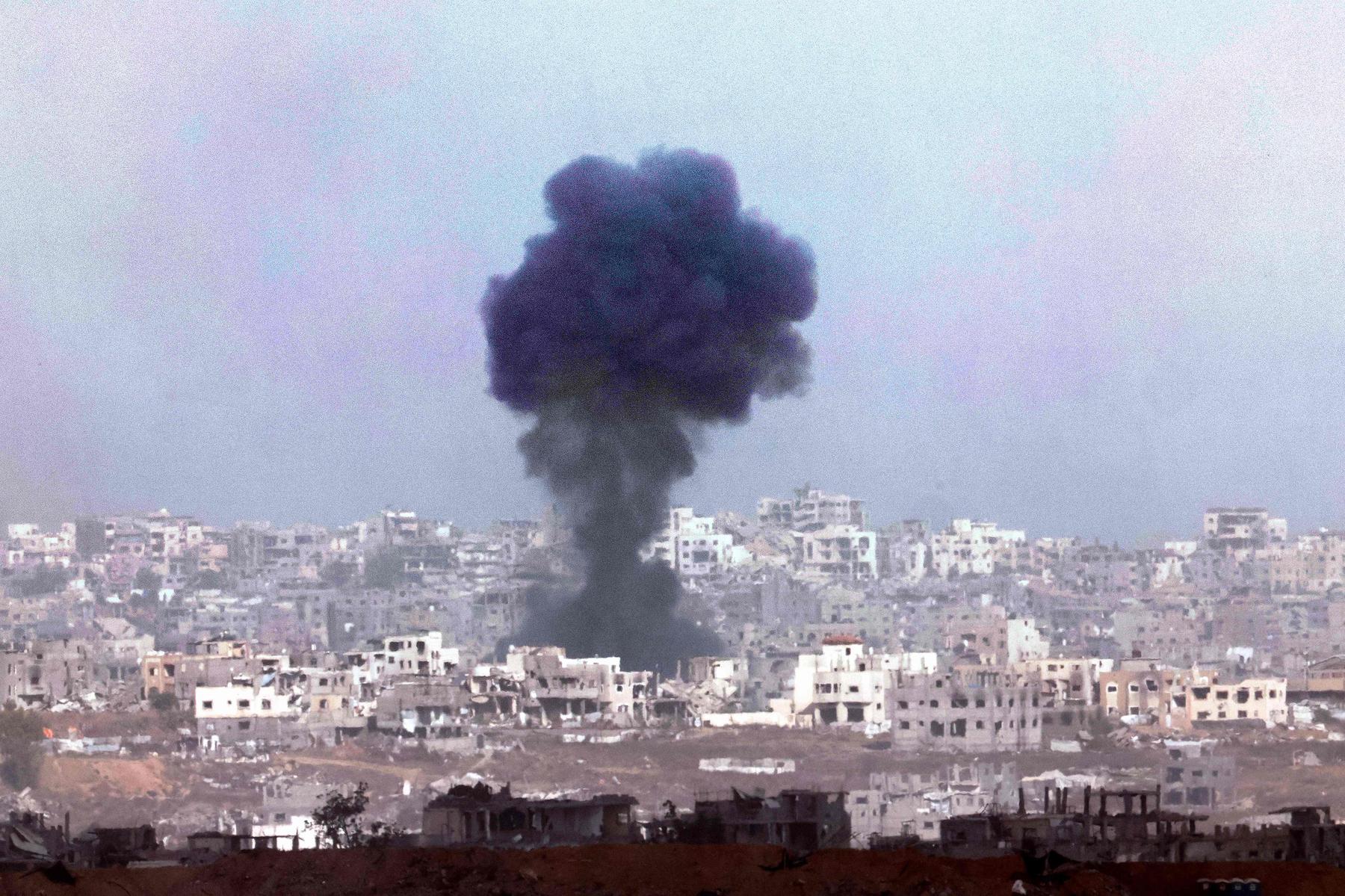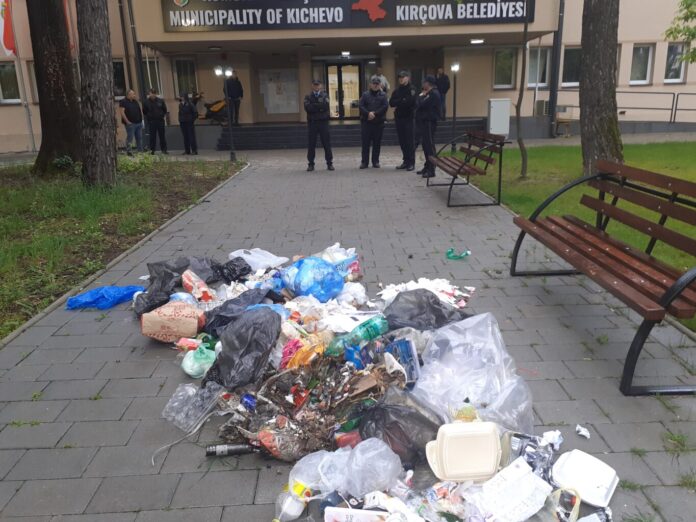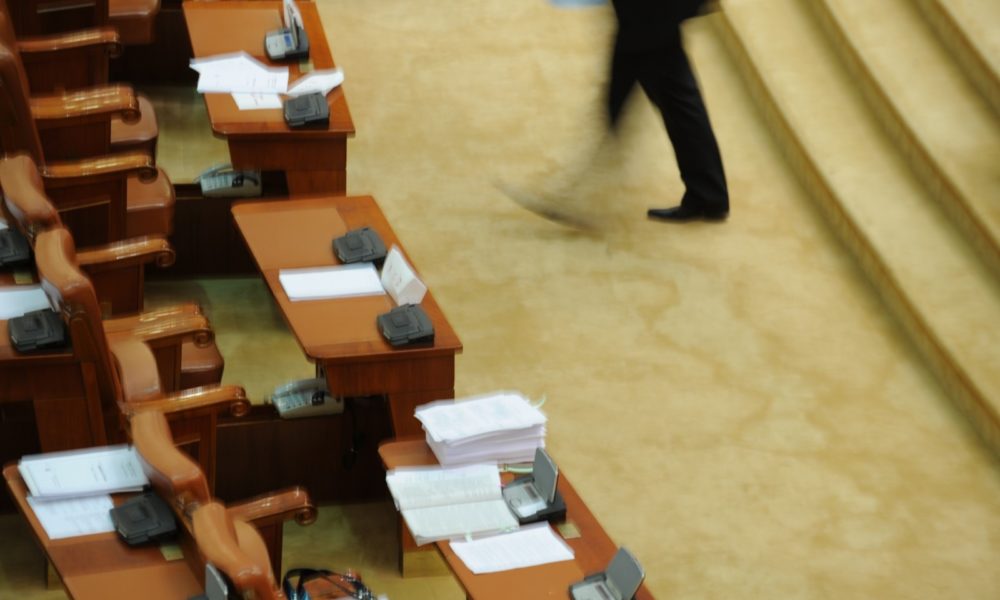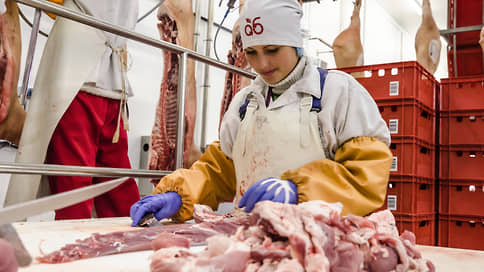A ink should reveal whether the food is spoiled – DiePresse.com

A research team from Graz develops a ink that shows whether meat and dairy products are still edible. This is intended to reduce food waste – however, this is currently only possible with packaging that has not yet been opened.
Around 30 to 40 percent of the food produced worldwide land in the trash – even in Austrian. According to NGOs such as WWF or Greenpeace, the sum of the avoidable food waste along the entire value chain, i.e. from production to processing and gastronomy to retail and private households, is around one million tons per year.
According to the Ministry of the Environment, around 635,000 tons of food waste should be in the domestic households alone. Almost 358,000 tons of it – at least 40 kilos per person – would be avoidable, it is said. This subjunctive will soon become an imperative, since Austria has committed itself to the UN goal of reducing the avoidable food waste by 50 percent by 2030.
Is the fish still edible?
Paolo FalcaroProfessor at the Institute for Physical and Theoretical Chemistry at the Technical University of Graz, helps. He and his team have developed a microporic crystal connection that recognizes toxic chemical compounds that arise when spoiling protein -rich foods such as fish, meat or cheese.
A worthwhile field to increase food safety and reduce food waste. Because the proportion of animal products such as dairy products, cheese, meat, sausages and fish, which is disposed of in residual waste in Austria alone (exclusive organic bin), amounts to 23 percent.
As part of an April 1st and funded by the European Research Council (ERC) with 150,000 euros Research project Falcaro is now working on the further development of the composite, which is attributed to great potential, since it has a very large surface despite the small size.
Building on this, a sensitive but non -toxic ink should be developed that can be applied to the inside of food packaging. It becomes a signal provider. Because depending on the concentration of toxic compounds in the packaged foods, this composite ink changes their color. It can be determined and indicated whether the steak, fish fillet or cheese piece can still be edited or not.
« />
« If packaging continuously monitor the freshness of food, this can prevent the premature disposal of still enjoyable foods and the consumption of spoiled food, » says Paolo Falcaro. TU Graz/Lunghammer
Also for private use
« A meat processor in the food trade then knows whether the meat is still suitable for cooking or whether it is better to make animal feed, for which other quality parameters should apply, » Falcaro explains the added value. But thanks to ink, meat stored in the private refrigerator also provides information about his enjoyability. At the moment, this is only possible with packaging that has not yet been opened. However, Falcaro does not rule out that the properties can be refined in the future so that they work even with products that are already open.
« If packaging continuously monitor the freshness of food, this can prevent the premature disposal of still edible foods and the consumption of spoiled food, » emphasizes Falcaro. With the same goal, but other methods, five years ago was developed by researchers from food technology at the University of Bonn in cooperation with the Technicon in Haifa, an aluminum label, which serves as an indicator to monitor the cold chain for food.
Emissions that occur on the way
Glued onto the packaging of slightly perishable goods, it can monitor the cold chain for a year and displays any interruptions immediately. This is also about optimizing value chains and reducing waste. A field with potential.
The Austrian initiative « Land creates life » has calculated that on the way from agriculture to the processing and transport to the trade, foods wasted between eight and ten percent of the greenhouse gases produced worldwide cause. These are emissions that arise, even though the food never ended up on the plates. If this food drop were a separate state, it would actually have the third largest greenhouse gas emissions to China and the USA.
Teaching material on: www.landschaffleben.at
In numbers
131 kilo Food remains per capita migrate into the trash annually in the European Union.
59 Millions In total, tons of food that are wasted every year according to the EU Commission.
132 Billions Euro financial loss corresponds to this waste.
Focus on climate change
The earth’s heating and the green turn change nature, society and markets in the world. The climate team of the « press » provides backgrounds, the latest research results and debates about one of the most pressing problems of our time.
All articles can be found under diepresse.com/klima. Do you don’t want to miss an important contribution? Subscribe to climate change as a push message in the settings of the « press » app.
And: Listen to the KlimaPodcast « The last infusion » In and subscribe to the climate newsletter « »Heat -free« .




:format(webp)/s3/static.nrc.nl/wp-content/uploads/2025/05/07140626/data131882325-46b0f8.jpg)



